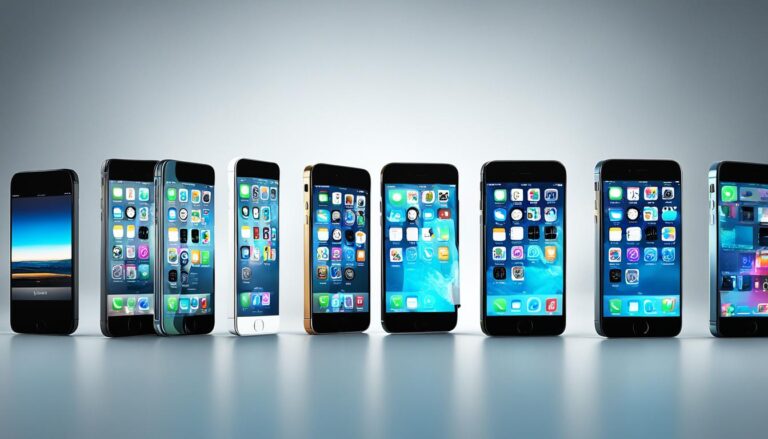Introduction
Space tourism is the act of traveling into space for recreational purposes. It is a rapidly growing industry, with more and more companies offering space tourism experiences.
In this blog post, we will explore the future of space tourism. We will discuss the different types of space tourism experiences that are available, the cost of space tourism, and the challenges that the industry faces.

What are the different types of space tourism experiences?
- Suborbital space tourism experiences:
- These experiences involve traveling into space for a short period of time, typically a few minutes.
- The most popular suborbital space tourism experience is offered by Virgin Galactic, which uses a spacecraft called SpaceShipTwo.
- A suborbital space tourism experience currently costs around $250,000.
- Orbital space tourism experiences:
- These experiences involve traveling into space and orbiting the Earth for a longer period of time, typically a few days or weeks.
- The only company currently offering orbital space tourism experiences is SpaceX, which uses a spacecraft called Crew Dragon.
- An orbital space tourism experience costs around $20 million.
Table 1: Types of Space Tourism Experiences
| Type | Description | Cost |
|---|---|---|
| Suborbital | These experiences involve traveling into space for a short period of time, typically a few minutes. | $250,000 – $500,000 |
| Orbital | These experiences involve traveling into space and orbiting the Earth for a longer period of time, typically a few days or weeks. | $20 million – $100 million |
| Lunar | These experiences involve traveling to the Moon and spending time on its surface. | $1 billion – $10 billion |
| Interplanetary | These experiences involve traveling to other planets in the solar system. | $100 billion – $1 trillion |
What are the challenges that the space tourism industry faces?
The challenges that the space tourism industry faces include the high cost of space travel, the lack of regulations, and the risk of accidents. However, the industry is constantly growing and evolving, and it is likely that space tourism will become more affordable and accessible in the future.
- The high cost of space travel:
- The cost of space travel is still very high, and it is likely to remain so for the foreseeable future.
- This is due to the high cost of developing and launching spacecraft, as well as the high cost of training and supporting astronauts.
- The lack of regulations:
- There are currently no international regulations governing space tourism.
- This means that each company is responsible for its own safety standards.
- The risk of accidents:
- Space travel is inherently risky, and there is always the possibility of an accident.
- This is a major concern for potential space tourists, and it is something that the industry will need to address in order to grow.
Table 3: Challenges Facing the Space Tourism Industry
| Challenge | Description |
|---|---|
| High cost | The cost of space travel is still very high, and it is likely to remain so for the foreseeable future. |
| Lack of regulations | There are currently no international regulations governing space tourism. |
| Risk of accidents | Space travel is inherently risky, and there is always the possibility of an accident. |
| Public perception | Space tourism is still a relatively new concept, and there is some public skepticism about its safety and value. |
Companies Offering Space Tourism Experiences
- In 2021, Virgin Galactic became the first company to offer commercial suborbital space tourism flights.
- In 2023, SpaceX is planning to launch its first orbital space tourism mission.
- Several other companies are also developing space tourism experiences, including Blue Origin, Boeing, and Sierra Nevada Corporation.
Table 2: Companies Offering Space Tourism Experiences
| Company | Type of Experience | Cost |
|---|---|---|
| Virgin Galactic | Suborbital | $250,000 |
| SpaceX | Orbital | $20 million |
| Blue Origin | Suborbital | $250,000 |
| Boeing | Orbital | $20 million |
| Sierra Nevada Corporation | Suborbital | $500,000 |
Use Cases
- Space tourism could be used for educational purposes, such as giving students a chance to experience space firsthand.
- It could also be used for scientific research, such as conducting experiments in microgravity.
- And, of course, space tourism could simply be used for fun and adventure.
Conclusion
Space tourism is a new and exciting industry that has the potential to change the way we travel. As the industry continues to grow, we can expect to see more and more people experiencing the wonders of space.



